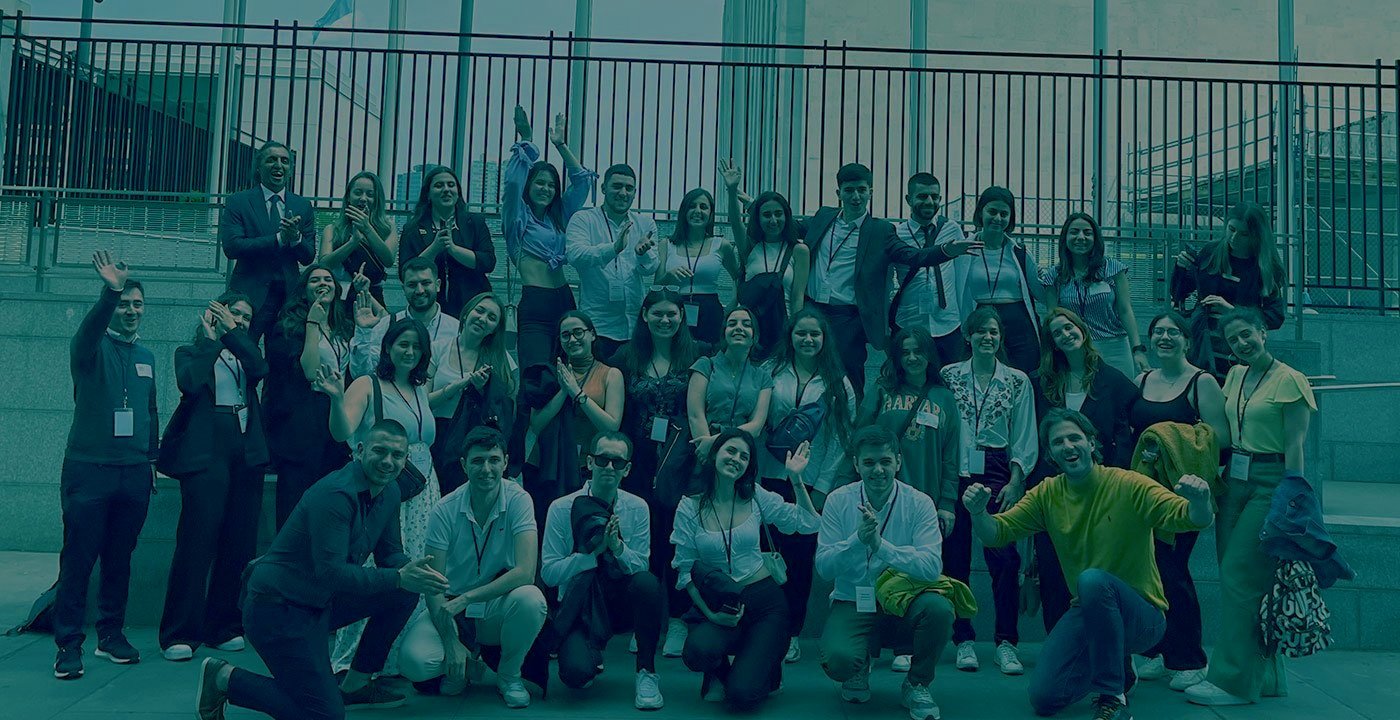The concept of cultural exchange has always been a substantial part of human interaction, transcending borders and bringing together diverse perspectives that shape our societies. In the United States, a melting pot of cultures, this phenomenon garners particular significance. One might ponder: How does cultural exchange arise in a nation characterized by its multifaceted identity? This question opens the door to examining the myriad forms cultural exchange takes, the challenges it poses, and the profound impacts it engenders on environmental awareness and advocacy.
At its core, cultural exchange encompasses the sharing of ideas, traditions, and experiences between individuals or groups from distinct backgrounds. In America, such exchanges can manifest organically or through structured programs. Schools, universities, community organizations, and even informal gatherings serve as crucial conduits for this sharing. The quintessential American spirit of inclusivity thrives on the premise that exposure to varying viewpoints augments understanding, fosters respect, and promotes unity amidst diversity.
However, embracing this cultural mosaic does not come without its challenges. The rapid globalization phenomenon has simultaneously amplified cultural exchanges while engendering misunderstandings and conflicts. As cultures intertwine, there is a tantalizing paradox at play: do we risk losing our unique identities in the effort to blend with others? This question is pivotal, particularly in an age where the homogenization of culture seems almost inevitable. Moreover, as diverse groups collaborate, navigating different value systems and environmental perspectives can sometimes lead to tension, underscoring the need for respect and open-minded dialogue.
As the U.S. grapples with climate change—a pressing concern of unparalleled urgency—cultural exchange could serve as a catalyst for climate action. The myriad cultures within the U.S. reflect a spectrum of environmental philosophies, practices, and traditions. For instance, Indigenous communities possess a symbiotic relationship with nature, deeply rooted in their cultural narratives. Engaging with these communities can inspire a reimagining of our environmental strategies, promoting sustainable practices and an advocacy framework that honors traditional knowledge. Yet, how do we ensure these voices are not only heard but integrated into broader environmental dialogues? This challenge calls for thoughtful engagement, one that transcends tokenism and genuinely respects cultural wisdom.
One compelling aspect of cultural exchange lies in the arts. Artistic expression serves as a medium through which cultural narratives are conveyed and celebrated. Festivals, exhibitions, and performances often showcase the rich tapestry of American culture while simultaneously addressing social and environmental issues. Art has the capacity to convey urgent messages, prompting audiences to reflect on their values and actions. Imagine attending a community event where performances highlight the impacts of climate change on various cultures. Would such artistic renderings not elicit a deeper emotional response and potentially motivate individuals towards advocacy? This intersection of art and environmental awareness epitomizes the transformative power of cultural exchange.
Furthermore, culinary traditions offer another lens through which cultural exchange manifests. Food, often referred to as a universal language, allows for the exploration of cultural identities and communal ties. Food sustainability has gained traction, urging communities to rethink their consumption patterns and advocate for local sourcing and ethical practices. Consider the impact of a potluck dinner that encourages participants to bring traditional dishes made from locally-sourced ingredients. Not only does this foster appreciation of diverse cuisines, but it also imparts vital lessons on sustainability and environmental stewardship. Such initiatives highlight the profound interconnections between our cultural practices and environmental health.
However, while the potential for enriching cultural exchange exists, the challenge remains in how to perpetuate these interactions across generations. As younger populations become increasingly urbanized, the risk of cultural dilution looms large. How do we instill the value of cultural literacy within younger generations? Educational institutions hold a pivotal role in this realm. Incorporating cultural exchange programs, environmental education, and fostering community engagement can cultivate a sense of responsibility and interconnectedness among students. Ultimately, instilling a national narrative that emphasizes cultural empathy and environmental advocacy becomes paramount in confronting the pressing challenges of our time.
Moreover, digital platforms have emerged as vital channels for cultural exchange, particularly in contemporary contexts. Through social media, people from all walks of life can share their stories, art, and traditions with a global audience. This democratization of information creates an unparalleled opportunity to engage with diverse cultural narratives. However, it invites scrutiny—how do we ensure these platforms also promote equitable representation? As discourse around climate change surges, ensuring that cultural perspectives are included and validated in these dialogues will be crucial for collective action.
In conclusion, cultural exchange in the U.S. holds immense potential. While challenges persist, the benefits of such exchanges extend beyond mere appreciation; they can reshape our understanding of climate action and advocacy. It is in our shared experiences, conversations, and collaborations that progress is forged. As we ponder the question of how to sustain cultural identities while engaging in meaningful exchange, it is evident that the tapestry of our society, interwoven with diverse cultural threads, will be integral to addressing the environmental challenges that lie ahead.
